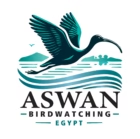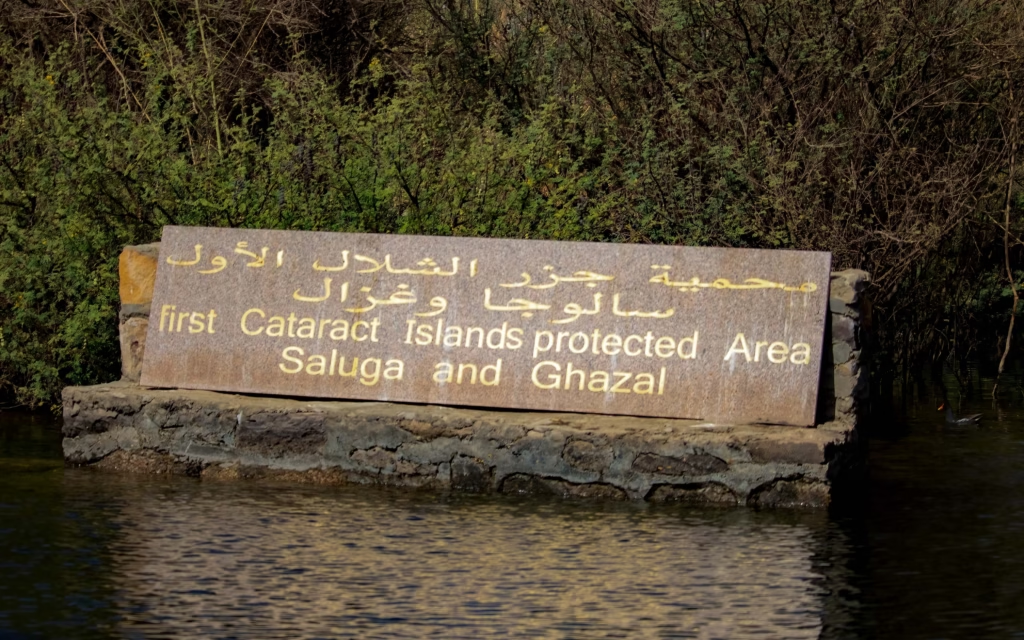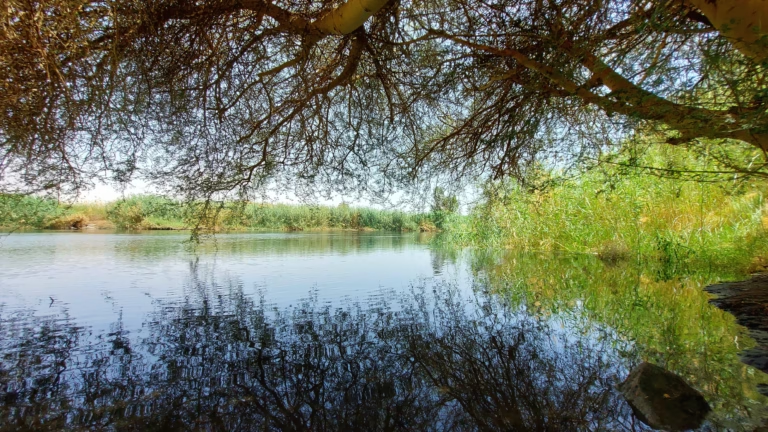When most people think of Aswan, they picture golden desert sands, ancient temples, and the serene Nile. But beyond its historical allure, Aswan is home to remarkable nature reserves and protected areas where unique ecosystems, rare wildlife, and breathtaking landscapes come together. Nature Reserves in Aswan are more than just scenic spots; they are vital sanctuaries for biodiversity and living proof of Egypt’s commitment to conservation.
1. Saluga and Ghazal Protected Area
Tucked away in the heart of the Nile near Aswan city, the Saluga and Ghazal Islands form one of Egypt’s smallest but most biologically rich protected areas. Despite its modest size, this reserve boasts:
- Over 90 bird species, including herons, egrets, and kingfishers.
- Thick groves of acacia and Nile palm trees providing shade and shelter for wildlife.
- An important stopover for migratory birds traveling along the Eastern Africa–Eurasia Flyway.
The tranquil channels between the islands are perfect for eco-tours by boat, offering close encounters with both birds and riverine plants.
2. Nile Islands Nature Reserve (Aswan Section)
Aswan also includes part of the Nile Islands Nature Reserve, a series of river islands stretching along the Nile from Upper Egypt to Cairo. The Aswan section is especially lush and ecologically important, with:
- Dense riverbank vegetation that attracts bee-eaters, kingfishers, and sunbirds.
- Breeding grounds for herons, egrets, and other waterbirds.
- Critical feeding spots for migratory species during seasonal journeys.
This portion of the reserve blends scenic beauty with high biodiversity value, making it a highlight for birdwatchers.
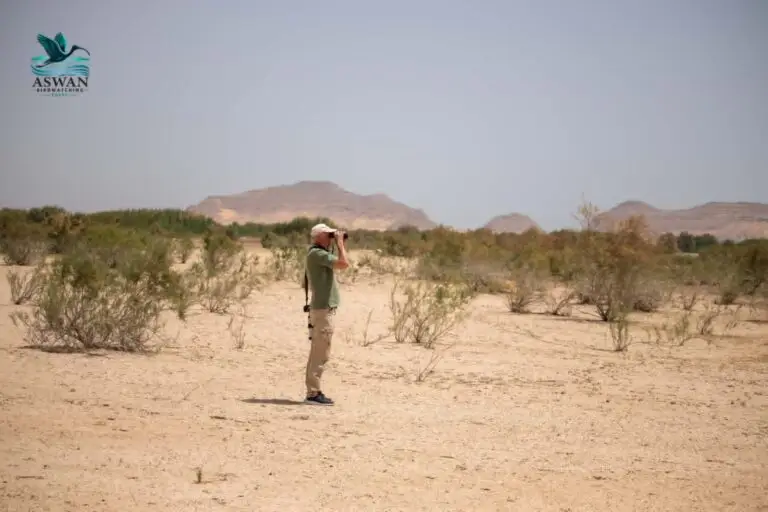
3. Wadi Allaqi Biosphere Reserve
Spanning vast stretches of desert southeast of Aswan, Wadi Allaqi is a UNESCO Biosphere Reserve recognized for its unique desert-wetland ecosystem. Once a flowing river, today the wadi holds scattered lakes fed by seepage from Lake Nasser, attracting a surprising array of life:
- Desert gazelles and foxes.
- Over 150 recorded bird species, from sandgrouse to wintering ducks.
- Rare plants adapted to arid conditions, some found nowhere else in Egypt.
Wadi Allaqi is also culturally rich—it’s home to Nubian and Ababda communities who maintain traditional lifestyles while coexisting with the fragile environment.
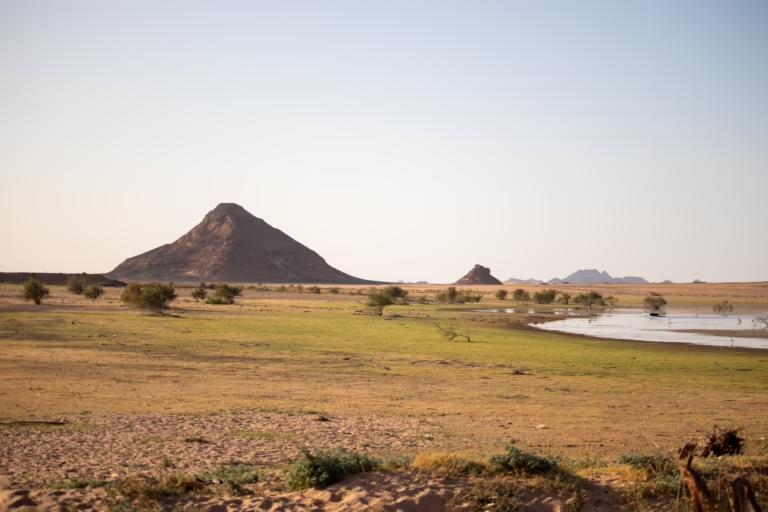
4. Lake Nasser’s Bird Havens
While not one formally declared reserve, the shorelines and islands of Lake Nasser are ecological gems. They shelter:
- African Skimmers were spotted on sandy islands.
- Great White Pelicans, cormorants, and herons.
- Breeding sites for the globally Near Threatened Ferruginous Duck.
The lake’s remoteness and low disturbance make it a safe haven for many species that struggle in more developed areas.
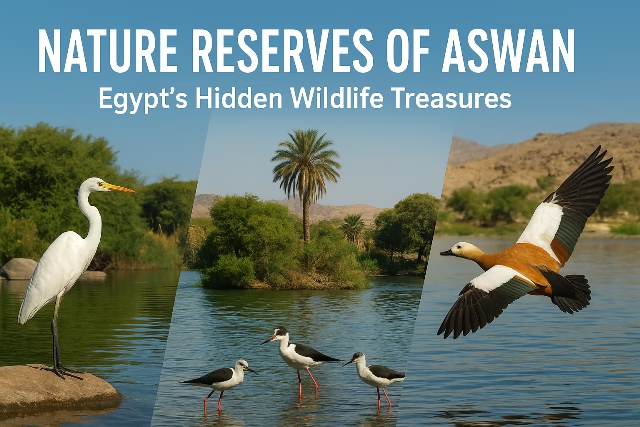
Why These Reserves Matter?
Nature reserves in Aswan are crucial for birdlife:
- Protect breeding grounds for threatened species.
- Maintain crucial habitats for migratory birds.
- Preserve genetic diversity of plants and animals adapted to desert and river ecosystems.
- Offer eco-tourism opportunities that support local communities while fostering conservation awareness.
Eco-tourism in Aswan’s reserves is growing, but it comes with responsibility. Visitors are encouraged to:
- Follow designated trails and boat routes.
- Avoid disturbing nesting sites or wildlife.
- Support local guides and conservation-friendly services.
